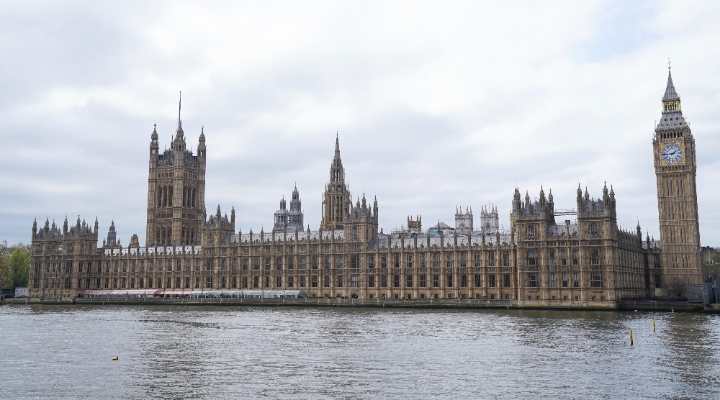Morningstar's "Perspectives" series features investment insights from third-party contributors.
If at first you don’t succeed, try, try, try again; so says the old proverb. That’s certainly been the dictum of Central Banks over the last seven years with their herculean splurge on monetary policy. All very commendable, except for one nagging detail – it is not working.

Spend will likely be on roads, rail, schools and housing

In fact, Central Banks, via monetary policy, have achieved precisely the opposite of what was intended; low growth and disinflation.
A shift away from austerity now seems highly likely, with all major economies now talking about this if not already doing it. Less austerity means more spend on infrastructure to grease the wheels of the economy rather than the palms of already rich asset owners. We believe this will provide a useful tailwind to infrastructure companies and believe it’s a favourable time to invest in these assets.
Having made a quick exit from the doldrums of 2008/09, global growth and inflation have been declining for the last few years. This decline has not been for want of trying on the part of Central Banks – they’ve made a truly monumental push and some of the numbers are staggering. Since Lehman’s collapse some eight years ago, we’ve seen 666 interest rate cuts, $23.4 trillion worth of Central Bank balance sheet expansion and now have more than $10 trillion worth of global sovereign bonds trading with a negative yield.
Numbers this big seem to get thrown around left-right and centre these days and they need contextualising: pile up 23 trillion dollar bills and you would have eight dollar bill towers reaching as high as the moon.
Central Bank Policy Has Not Worked
So, we can make the sweeping statement that Central Banks have tried, but it has not really worked. This isn’t entirely fair; things would no doubt have been a lot worse in the immediacy of 2008/9 had they sat back and done nothing. Asset owners for one are not complaining; US stocks have returned some 250% for a UK investor, whilst London house prices have doubled.
For asset owners however, getting richer has not done much to improve the economic growth outlook as they tend to save or invest the windfalls. Central Bankers look at wider measures of efficacy such as inflation expectations, growth and how much of this extra money is making its way around the economy and into the hands of people that spend it. Herein lies the problem: inflation expectations are way too low, money is not flowing freely and growth rates, whilst not precarious, are lacklustre.
This problem has not always been such, but has been exacerbated more over recent years as markets become more and more disbelieving of monetary policy’s effectiveness. One of the ways they express this is through low bond yields, with the aforementioned $10 trillion, making up 30% of the entire global market, trading with a negative yield.
Monetary Policy’s race has very much been run and Governments are waking up to the idea that it’s time for them to grab the baton and use low, or negative yields to borrow money and invest.
Austerity Politics is on the Way Out
In Japan, we’ve recently seen the announcement of $275 billion fiscal measures put forward by PM Abe. China’s already well underway and the US and the UK look set to be turning a corner.
New Chancellor Philip Hammond has indicated a move away from Osborne’s austerity with a stimulus package expected to be put forward in the Autumn statement if not before. These measures would boost spending expectations which are already high, with developed market spend set to double in the next fifteen years and developing economy spend set to almost triple.
Much of this spend will likely be on transportation and other stuff that drives growth: roads, rail, schools and housing to name but a few.
Spending on infrastructure projects will provide a tailwind for infrastructure equities and is one of the reasons we have chosen to initiate an investment here. Others being its diversification properties, attractive yield, defensive and predictable nature, combined with its inherent inflation protection.
We’re not calling a rampant rise in inflation but do think the disinflationary environment we’ve been in should dissipate as the boot gets taken off the foot of monetary policy and placed on that of fiscal spending as governments cash in on the record low bond yields.
Disclaimer
The views contained herein are those of the author(s) and not necessarily those of Morningstar. If you are interested in Morningstar featuring your content on our website, please email submissions to UKEditorial@morningstar.com





























